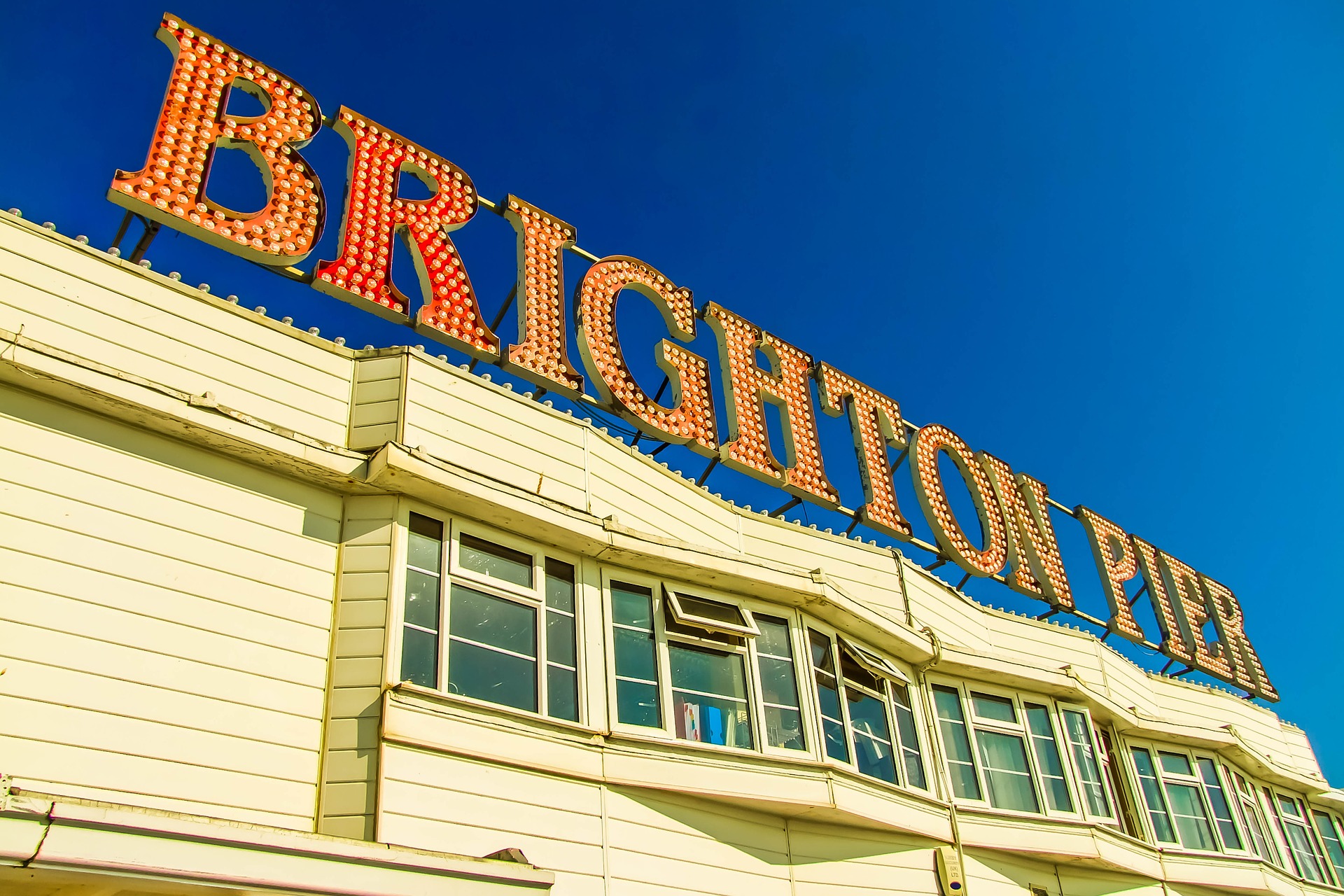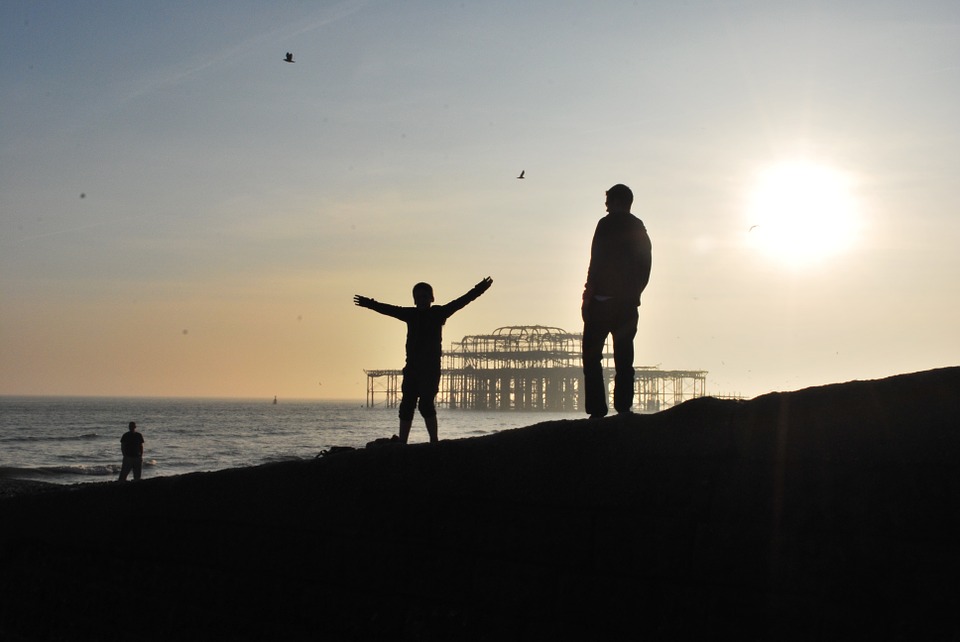This post is also available in:  French
French
Welcome to Brighton! A vibrant and quirky city in the south coast of Britain. Situated less than one hour by train from central London, Brighton is a city that attracts many hotspots visitors annually. According to Visit Brighton, the city received over 10.5 million visitors in 2015. So, let’s check the hotspots for international students living in Brighton.
The combination of different attractions makes Brighton unique indeed. Its iconic pebble beach, amusing Victorian pier, funky independent shops and vibrant nightlife are all good features for a seaside city. It’s not by chance that students from all over the world have chosen this vibrant and creative city as home when they are away from home.
GET YOUR DISCOUNT CARD SORTED
Any kind of student discount card is a fundamental tool for international students in Brighton and all over the UK. Many of them can give you up to 40% discount in restaurants, tourist attractions, beauty salons, hotels, etc. It’s almost as important as your passport. As Brighton has loads to be seen and a student life is always kept on the budget, you may start thinking of clever ways of saving some cash.
I’d also suggest that as important as finding a perfect accommodation, a good tip to international students in Brighton is getting their bus ID card sorted as soon as possible too. Money-off season tickets can be used for all bus travel including evenings and weekends. Remember Brighton has many tourist attractions spread out. Once you have a Sussex Student card, you are ready to get more transport discounts and make your bus Id card to explore the “outs-and-about” of the city.
TOURING FOR STUDYING
There is nothing more pleasant than a ride from the city you are about to explore. In Brighton, bike tours are one of the most popular ways of getting to know the best sights in the city.
Famous attractions such as the Royal Pavilion Palace and Preston Park, the city’s largest urban park, should be in the itinerary. It’s also a perfect way of getting in touch, for the first time, with the particularities of an English city. So, invite your classmates and book a group tour as soon as you have the chance! It can be a great way of improving your speaking and listening in English.
For the foodies, Brighton food tours are also another alternative to help get into the city’s way of life. In this case, with food which makes things much better! Discover the hotspots of Brighton gastronomy while making friends to have another reason to visit these restaurants again.
BOOST YOUR ENGLISH WITH SOME ART
Once in Brighton, you are going to find out it is much more than just a beautiful seaside resort. There is plenty of art to see at its museums and art galleries. Whatever your taste fancies! Remember that as a learner, visiting museums can boost your English skills too. Think about how much knowledge you can get, learning about something different every time you visit a new museum. Sometimes, you don`t even need to pay for it.
The Booth Museum of Natural History is a fascinating place to visit if you are into wildlife and flora. The highlight here is the Victorian taxidermy collection of Edward Booth with hundreds of British birds exhibited. Besides, there is always a different exhibition around to talk about with your new student friends.
HAVE A STUDY GROUP TO BE OUT AND ABOUT
It seems obvious but our life as a student in a different country can bring many different challenges. We want to go sightseeing but we have to study too. Study groups are the best alternative to get your priorities right.
So why not combine both a gathering to explore and study in different sightseeing locations of Brighton? Give it a name like “pebbles and books”, for example, and go around the city choosing a different place to practice what you learnt in the classroom during the week. Making a list of different spots to take your study group can be a helpful thing too. But I also have some suggestions for you as well:
The Brighton Quaker Meeting has rooms to book for small and big public meetings. Built in 1805, the Meeting House is a Grade II listed building that was used as a place of worship for the city’s Quakers.
Another spot easily navigable on foot is the Brighton Museum & Art Gallery located in the Royal Pavilion Garden. I could suggest hiring the Old Courtroom to bring your studies to another level, but it may not be within a student’s budget. So, just sit outside of the venue or get your study group in touch with the best of Brighton’s history, if you have enough time to explore the museum.





